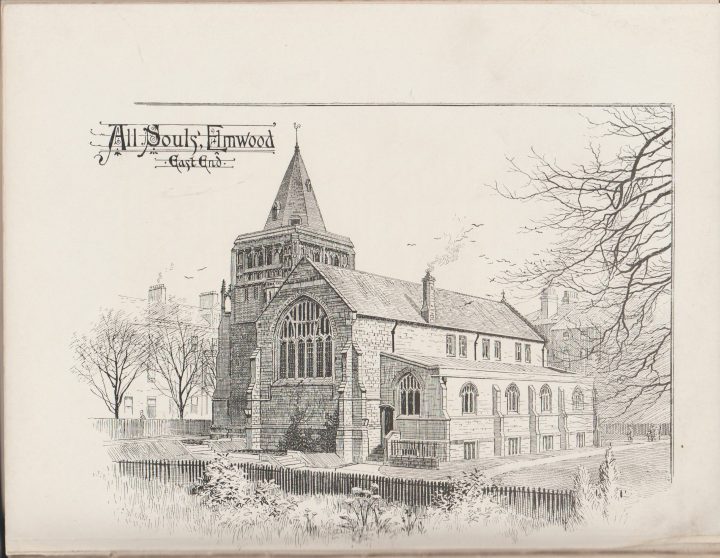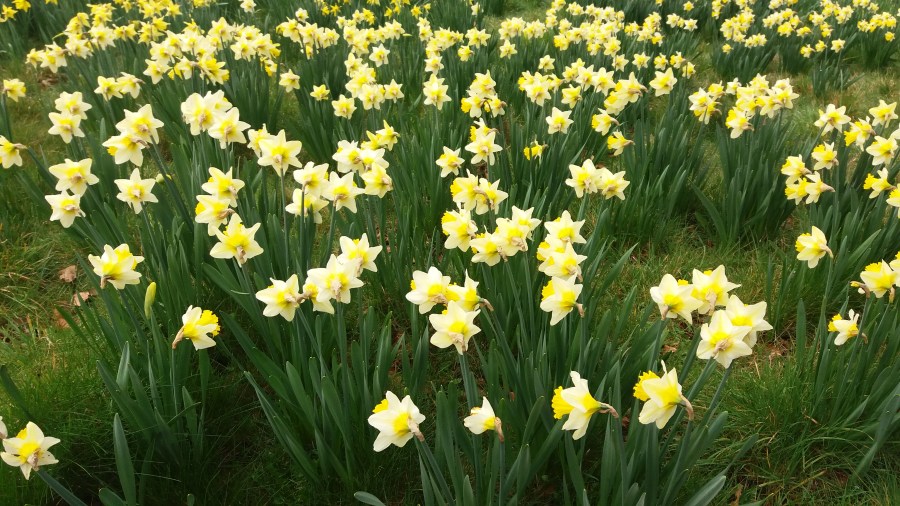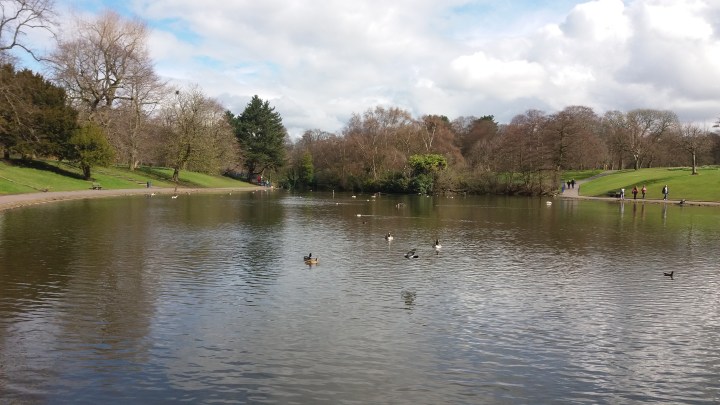This exhibition runs at Liverpool’s Walker Art Gallery from 12 February to 5 June and I was glad to get the opportunity to see it. Anyone who has ever visited any of the galleries in Merseyside will have had the chance to see many of the most famous Pre-Raphaelite pictures and this exhibition brings many of them together, and more, and develops their story in the context of the wealthy patrons of the artists, many of which were Liverpool merchants.
It is interesting to see the paintings placed alongside the wealthy benefactors who bought or commissioned them. Frederick Leyland is described in the catalogue by Christopher Newall as exemplifying a:
new breed of Liverpool oligarch. Born into dire poverty (his mother hawked pies in the streets of Liverpool and was deserted by Leyland’s father, who was a shipping clerk), at a young age he was taken on as an apprentice at the Bibby Line. There, by sheer ruthless determination and with astonishing rapidity, he first became manager and designer of the steamships that formed the fleet and then in 1873 took control of the company.
In recent years the Speke Hall interlude of Frederick Leyland has come to the fore much more and I was pleased to see (for the first time although it is owned by the Walker Art Gallery) James McNeill Whistler’s sketch Speke Hall No 1 (1870) which shows Mrs Frances Leyland on the drive in front of Speke Hall. Also included is a painting by a lesser known artist, James Campbell (1828-93), The Courtyard at Speke Hall (1854) which was painted before the Leylands moved in but shows how it must have looked at the time, warmer and more colourful than the stark black and white over-restoration so beloved of the National Trust.
James Campbell also painted Waiting for Legal Advice (1857) which shows an older man accompanied by a young boy waiting to see a solicitor. The catalogue suggests the man is a “stubborn client” who sits in the ante room whilst two clerks gossip behind him. It is not the only interpretation that could be put on the look that runs across his face.
For me the paintings of William Holman Hunt always stand out. So we have The Scapegoat (1854-4), sent out to the wilderness to carry the sins of the congregation and standing on the salt encrusted shore of the Dead Sea, looking forlorn and fearful. Another painting from his period in the Holy Land is The Sphinx, Gizeh, looking towards the Pyramids of Sakhara (1854). It towers up like a sand blown natural feature in the desert, rich in layered colours.
Another fascinating painting by the same artist is The finding of the Saviour in the Temple (1862) which was owned by George Holt.
The finding of the Saviour in the Temple
Unimaginably rich in colour and detail it shows the holy family finally catching up with Jesus in the temple after realising they had left Jerusalem without him. Opposite Jesus in the picture sits a crowd of figures including a number of rabbis, representing the Pharisees and the Sadducees. Some of these are symbolically depicted in shadow while Jesus and his family stand in the light. The whole picture is replete with imagery and symbol. It is a smaller version of a painting which in 1866 claimed the most expensive fee ever paid to a living artist at that time. Such religious scenes were favourites of some of the Pre-Raphaelites although they ranged across mythology, history and other themes.
B. Guiness Orchard in Liverpool’s Legion of Honour (1893) describes George Holt as a member of a family that had “occupied and still occupy so great a place in Liverpool” and listed his commercial and philanthropic achievements:
The present George Holt, has emulated and equalled the father, University College having no more generous friend. To the Dock Estate he rendered great services. He acted as a magistrate for the borough and the county. From 1835-56 he sat in the Town Council, acting on the Library and Museum Committee, and as chairman of the Water Committee. His time and money were freely at the services of the Liberal cause in politics, while in business schemes outside his own office his enterprise and breadth of view were conspicuous, as when he joined Isaac Cooke and Adam Hodgson in establishing the Bank of Liverpool, or as when his fellow Unitarian, Swinton Boult, being anxious to form a great insurance company, turned for support to Mr Holt…[his] father arranged a partnership with young William James Lamport, son of a nonconformist minister…and the two established the firm of Lamport & Holt, shipowners and merchants, chiefly in the South American trade, which soon came to the front, and during many years has enjoyed the highest reputation alike for the extent of its operations and the unsullied honour and singular wisdom with which they are conducted.
Another painting owned by George Holt is Love’s Palace (1893) by John Milhuish Strudwick (1849-1937). Holt was a major collector of Strudwick’s work and this is an intriguing picture. The catalogue describes it like this:
The painting is an allegory of love based on a poem by the architect GF Bodley. Love is enthroned in the centre of the composition, while the three fates sit on the steps. Around them, as if on a stage, woman, knights and Amorini – the winged boys – enact love’s ups and downs.
The three fates are draped in dark, shroud like garments, they languidly spin or cast lots while the Amorini gambol around them. It’s a strange picture but what particularly fascinates me is that it was commissioned by George Holt. He was a genuine connoisseur and a very generous benefactor to the city but is this what really was inside his head? As he examined ship’s manifests, did his calculations for insurance, prepared his ships to sail for Buenos Aires, assembled his finances for the bank and planned the strategies for the Liberal party, was he actually lost in reverie for this imaginative picture of love and the random possibilities of fate?









 Bandstand
Bandstand Nesting Coots
Nesting Coots
